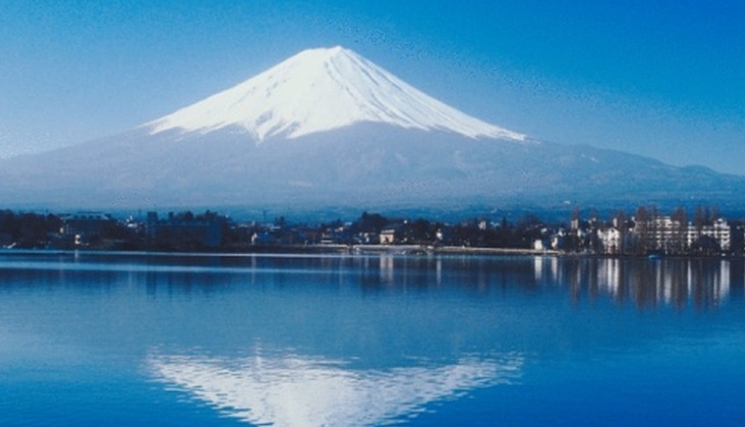Volcanoes are captivating natural wonders that offer a glimpse into the fiery heart of our planet. Here are some characteristics of these incredible geological formations that have been revealed through exploration and research.
Formation and Structure of Volcanoes
Volcanoes are formed by the movement of tectonic plates beneath the Earth’s surface, which causes magma to rise and erupt through the crust. They can take on various shapes and sizes, ranging from small cinder cones to massive shield volcanoes.
Eruption Patterns and Activity
Volcanoes can display different eruption patterns, including explosive eruptions that release ash, gases, and lava, as well as effusive eruptions that produce slow-moving lava flows. The activity of a volcano can be unpredictable, making it essential for scientists to monitor and study them closely.
Volcanic Hazards and Risks
Living near a volcano can pose various risks, including lava flows, ash fall, pyroclastic flows, and lahars. These hazards can have devastating effects on the environment and surrounding communities, highlighting the need for thorough risk assessment and hazard mitigation measures.
Impact on the Environment
Volcanic eruptions can have both short-term and long-term impacts on the environment, including altering landscapes, affecting climate patterns, and influencing biodiversity. Studying volcanoes can help us better understand these effects and their implications for ecosystems and human populations.
Geothermal Energy and Volcanic Research
Volcanoes are also valuable sources of geothermal energy, which can be harnessed for electricity production and heating. Furthermore, studying volcanoes can provide insights into Earth’s internal processes, such as plate tectonics and magma dynamics, helping scientists unravel the mysteries of our planet’s inner workings.
In conclusion, exploring the fiery heart of Earth through the study of volcanoes can reveal crucial information about the planet’s geology, environment, and energy resources. By understanding the characteristics of these geological formations, we can better prepare for and mitigate the risks associated with volcanic activity, while also unlocking the potential benefits they offer for sustainable development and scientific discovery.

